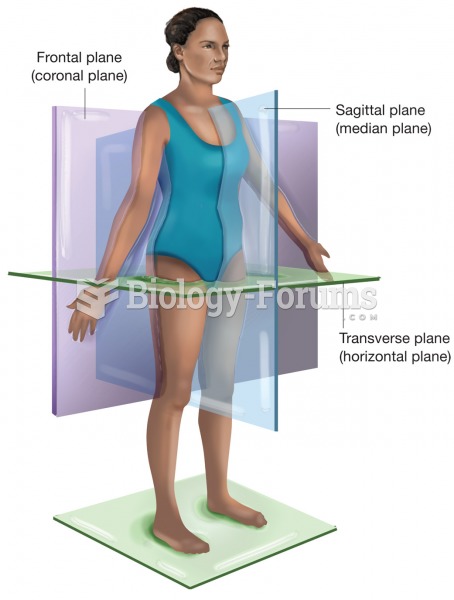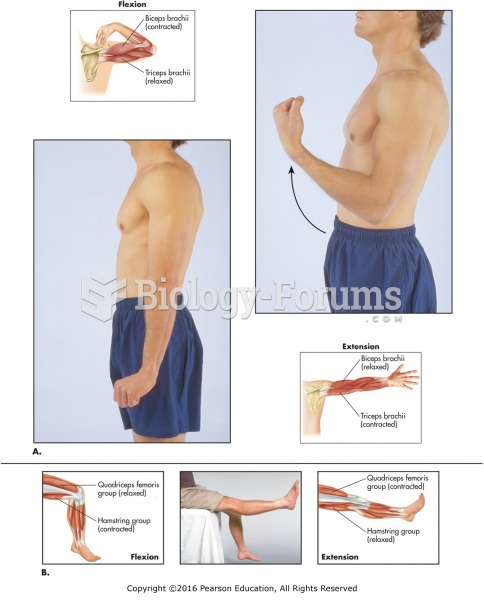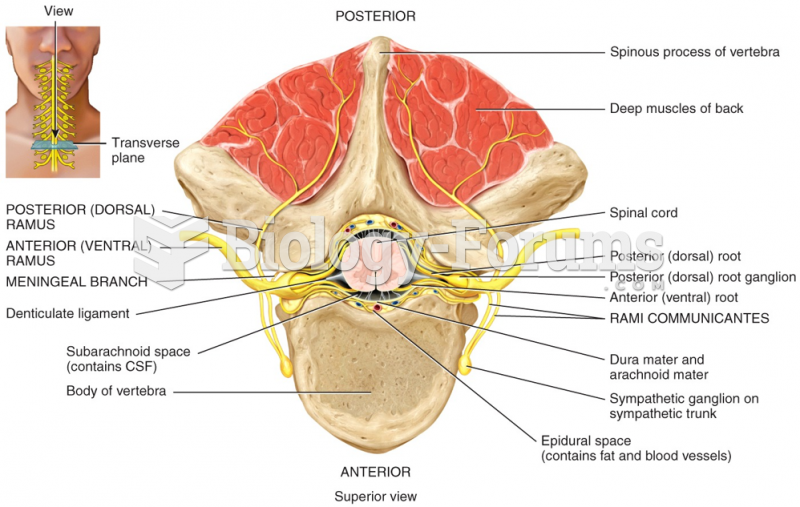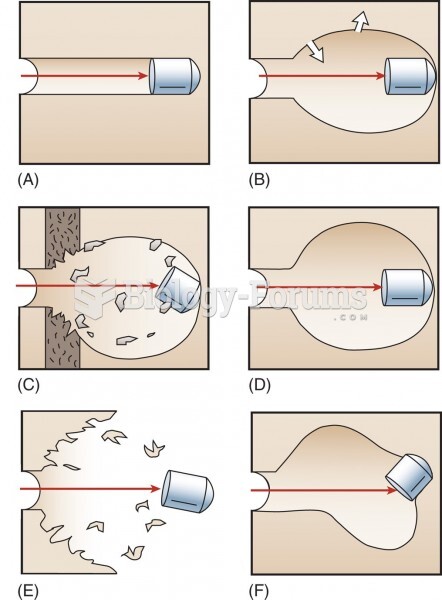Answer to Question 1
Correct Answer: 1
Rationale 1: Effective treatment for spasticity includes both physical therapy and medications. Medications alone are not adequate to reduce the complications of spasticity, but regular and consistent physical therapy exercises have been shown to be effective in decreasing the severity of the symptoms.
Rationale 2: Hydrotherapy and massage are elements of physical therapy, and may be included in the treatment, but medications are effective in controlling spasticity.
Rationale 3: Physical therapy may be included in the treatment, and surgery has been used for tendon release or to sever a nervemuscle pathway, but only in extreme cases.
Rationale 4: Surgery has been used for tendon release or to sever a nervemuscle pathway, but only in extreme cases.
Global Rationale: Effective treatment for spasticity includes both physical therapy and medications. Medications alone are not adequate to reduce the complications of spasticity, but regular and consistent physical therapy exercises have been shown to be effective in decreasing the severity of the symptoms. Hydrotherapy and massage are elements of physical therapy, and may be included in the treatment, but medications are effective in controlling spasticity. Physical therapy may be included in the treatment, and surgery has been used for tendon release or to sever a nervemuscle pathway, but only in extreme cases. Surgery has been used for tendon release or to sever a nervemuscle pathway, but only in extreme cases.
Answer to Question 2
Correct Answer: 4
Rationale 1: Zanaflex is not a seizure medication.
Rationale 2: Zanaflex is used to treat muscle spasms.
Rationale 3: Zanaflex can be taken on a scheduled or p.r.n. basis.
Rationale 4: All centrally acting antispasmodics can cause sedation, so caution should be exercised when driving or operating machinery.
Global Rationale: All centrally acting antispasmodics can cause sedation, so caution should be exercised when driving or operating machinery. Zanaflex is not a seizure medication, it is not used for disease of the CNS but to treat muscle spasms, and can be taken on a schedule or PRN basis.







